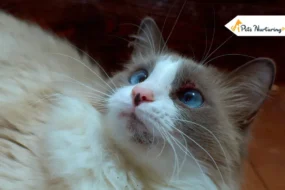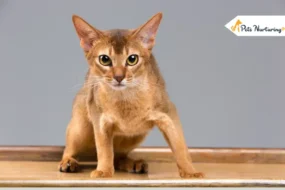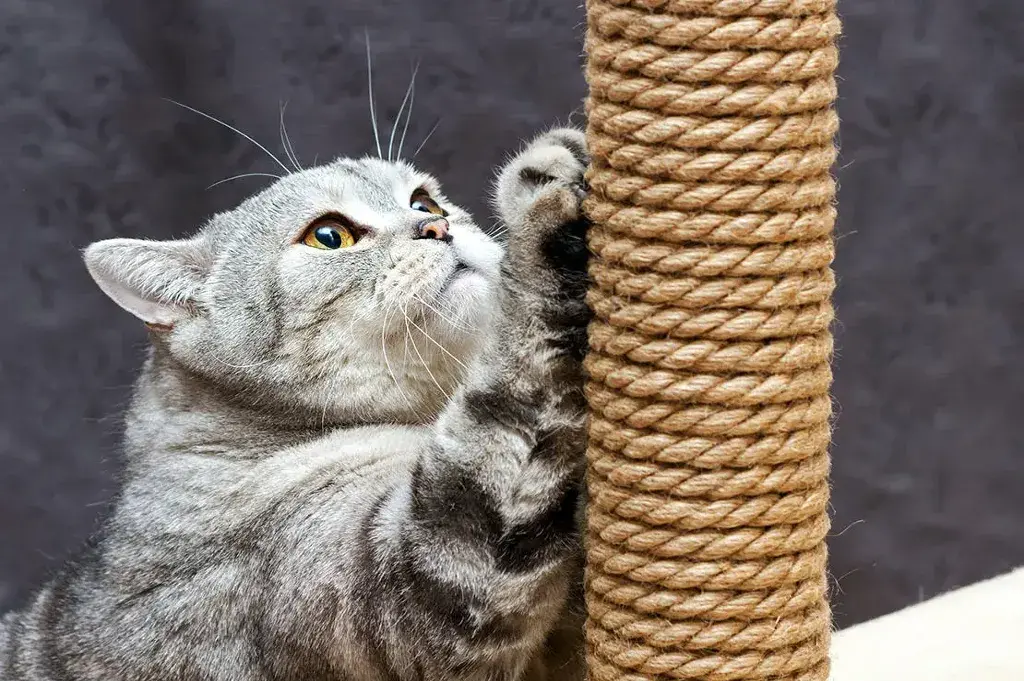
Cats are fascinating creatures with various behaviors that may sometimes baffle their human companions. One such behavior is scratching. While it might seem like a nuisance when your feline friend targets your furniture, scratching is a vital activity for cats.
Providing various scratching opportunities not only protects your belongings, but also promotes your cat’s physical and mental well-being. In this blog post, we’ll explore why variety is crucial in scratching opportunities for cat, and how you can ensure your feline stays happy and healthy.
Understanding Why Cats Scratch
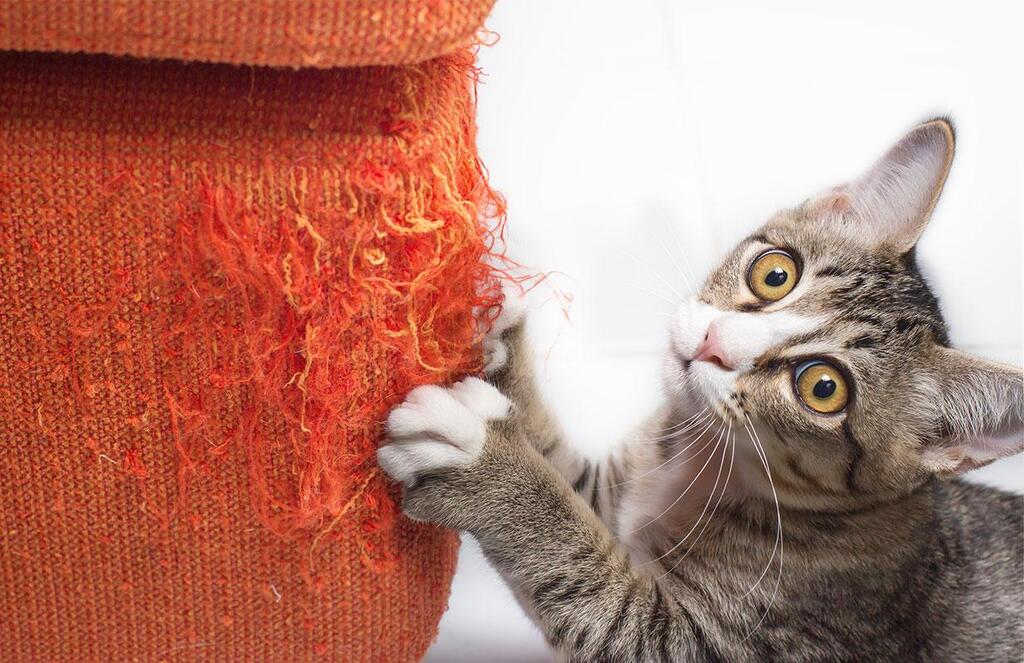
Scratching is a natural and instinctive behavior for cats. It serves several important purposes:
- Marking territory: Cats have scent glands in their paws. When they scratch, they leave both a visual mark and a scent mark, which is a way of communicating with other animals.
- Physical exercise: Scratching allows cats to stretch their muscles, especially those in their legs, shoulders, and back. This exercise helps keep them agile and in good physical shape.
- Claw maintenance: Scratching helps cats shed the outer layer of their claws, keeping them sharp and healthy.
Recognizing these reasons helps us understand why it’s essential to provide appropriate scratching options for cat.
The Risks of Limited Scratching Options
When cats don’t have access to suitable scratching surfaces, they often resort to scratching furniture, carpets, and other household items. For high-quality scratching options, consider checking out an XXL Cat Tree. This behavior can lead to several issues:
- Damage to belongings: Without proper scratching options, cats will use whatever is available, often leading to significant damage to household items.
- Stress and anxiety: Scratching is a stress-relief activity for cats. Without it, they can become anxious or stressed, which can lead to other behavioral problems.
- Destructive behavior: Frustrated cats may develop other destructive habits if they don’t have a proper outlet for their scratching instincts.
Providing various scratching surfaces can prevent these issues and ensure a harmonious living environment for both you and your cat.
Types of Scratching Surfaces
Cats have individual preferences when it comes to scratching surfaces. Offering various textures can cater to these preferences and keep your cat engaged. Here are some common types of scratching surfaces:
- Carpeted scratchers: These are popular because they resemble the texture of many household carpets. They are soft and provide a satisfying scratch.
- Sisal rope scratchers: Sisal is a durable material that many cats love. It offers a rough texture that is excellent for sharpening claws.
- Cardboard scratchers: These are inexpensive and often come in various shapes and sizes. Cats enjoy the shredding sensation of cardboard.
- Wooden scratchers: Some cats prefer a natural, wooden texture. These can be very durable and long-lasting.
Each type of surface has its benefits, and rotating different types can prevent your cat from getting bored.
The Role of Location in Scratching Behavior
The placement of scratching posts and surfaces is just as important as the variety. Cats are territorial animals, and strategic placement of scratchers can encourage use and reduce damage to your furniture.
- Near resting areas: Place scratchers near your cat’s favorite resting spots. Cats often like to stretch and scratch after waking up.
- High-traffic areas: Position scratchers in areas where your cat spends a lot of time. This makes them more likely to use the scratchers regularly.
- Near favorite furniture: If your cat is targeting a specific piece of furniture, place a scratcher nearby to divert their attention.
By providing multiple scratching options in various locations, you can meet your cat’s needs and protect your home.
Introducing New Scratching Options to Your Cat
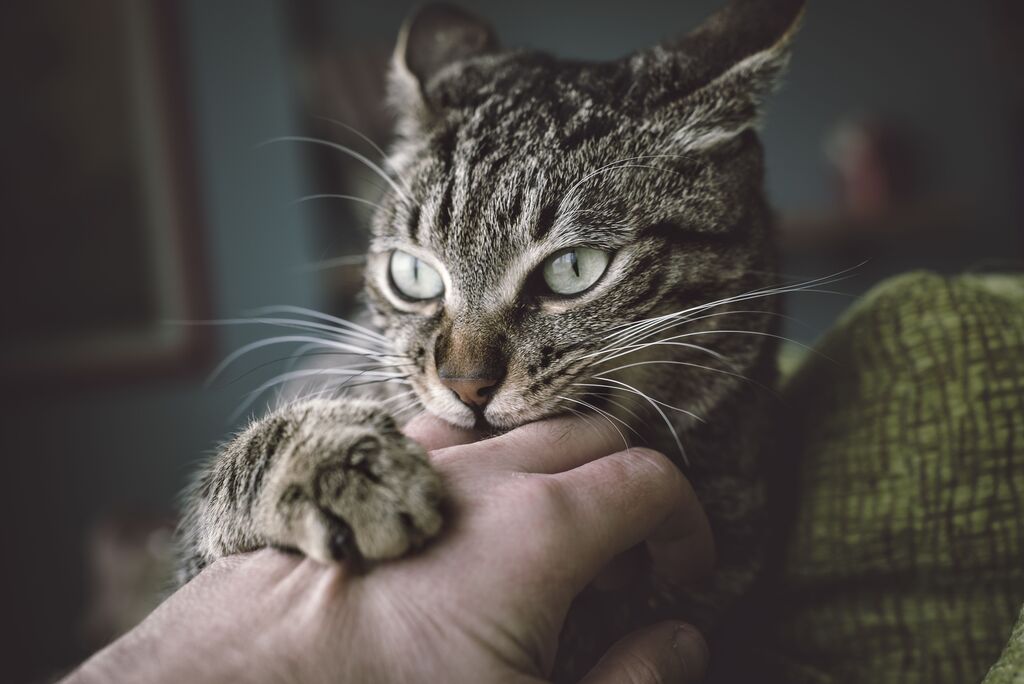
Cats can be particular about their habits, so introducing new scratching options might require some encouragement. Here are a few tips to help:
- Use catnip: Sprinkle catnip on the new scratcher to attract your cat and make it more appealing.
- Positive reinforcement: Reward your cat with treats and praise when they use the new scratcher.
- Gradual introduction: Place the new scratcher near your cat’s existing favorite spot and gradually move it to the desired location.
Patience is key when introducing new scratching surfaces, but with time, your cat will likely appreciate the variety.
Long-Term Benefits of Providing Variety
Offering various scratching opportunities has long-term benefits for your cat’s health and well-being:
- Enhanced physical health: Regular scratching helps maintain healthy claws and muscles.
- Improved mental well-being: Variety in scratching options keeps your cat mentally stimulated and reduces stress.
- Stronger bond: Providing for your cat’s needs can strengthen the bond between you and your feline friend.
Conclusion
A happy, healthy cat is a joy to live with, and ensuring they have various scratching options is a simple yet effective way to enhance their quality of life.
Scratching is an essential part of a cat’s life, and providing various scratching opportunities is crucial for their overall well-being. By understanding why cats scratch and offering different surfaces and locations, you can protect your home and keep your cat happy and healthy.
Experiment with different types of scratchers and find what works best for your feline friend. Remember, a little effort in providing variety can go a long way in ensuring a harmonious and joyful life for both you and your cat
In Case You Missed It!









